Mirror, mirror: Lisson Gallery reflects on the history of video art
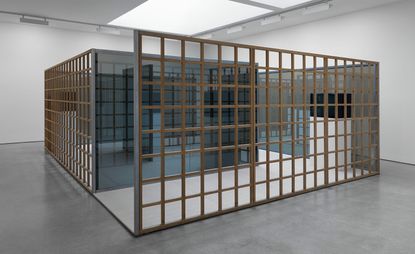
Finding interesting ways of presenting video-art is never easy. Lisson Gallery's summer exhibition, 'Performance/Audience/Mirror', aims to step away from the 'uncomfortable chairs in a dark screening room' concept by reaching outside the walls of the London gallery through a programme of live, online screenings designed to provoke world-wide debate. This virtual element 'not only allows global access to the exhibition but also highlights the democratic nature of film while calling into question issues facing artists who work in this discipline', explains curator Emma Gifford-Mead.
The show's title is drawn from Dan Graham’s 1977 performance of the same name, at De Appel Arts Centre in Amsterdam. Contrasting the web screenings, the exhibition also makes use of an intensely intimate, gallery-bound viewing installation, in the form of Graham's 2001 work, Greek Meander Pavilion, Open Shōji Screen Version, where the 'audience' third of the exhibition is held. The pavilion shows a range of films from the 1960s to the present day on a screen encased between two-way mirrors and Japanese-inspired shōji panels. Films can be viewed from inside or outside of the pavilion, along with any gallery-goers who might be exploring inside – so audience members become an integral part of the viewing experience, as opposed to those who might be watching at home on their laptops.
The latter two sections, 'performance' and 'mirror' are more traditional in layout, but they feature some of the exhibition's real gems. These include the UK debut of a darkly comic claymation, Worship (2016), by Swedish duo Nathalie Djurberg and Hans Berg, and the rarely seen SPEAK. by British conceptualist John Latham – a psychedelic, ten-minute snapshot of the 1960s.
The show contributes to London's recent love-affair with technological, performative art (think of Whitechapel Gallery's 'Techtonic Superhighway' or 'Performing for the Camera' at Tate Modern), but also follows an increasing number of exhibitions that include a virtual element, like Bruno Ceschel's app-based photography interactions, and The Supermarket's online gallery space. The result is a winning mix of personal, intimate performances and web-friendly progression.
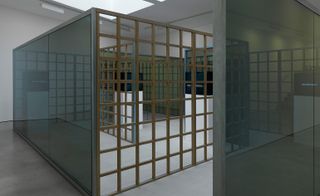
Graham's pavilion creates an intimate sculptural environment to explore the significance of architecture and space in film, while allowing the audience to more actively engage with the works on view. It is here that the 'audience' section of the show is based. Pictured: installation view of Greek Meander Pavilion, Open Shōji Screen Version, by Dan Graham, 2001
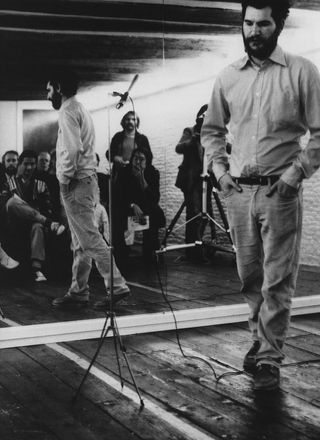
Pictured: a still from Performer/Audience/Mirror
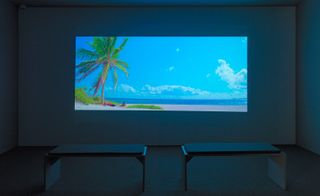
The latter two sections, 'performance' and 'mirror' are more traditional in layout, with darkened screening rooms favoured over two-way mirrors and pavilions. Pictured: installation view of Vexation Island, by Rodney Graham, 1997

One of the exhibition's real gems is the UK debut of a darkly comic claymation, Worship (2016), by Swedish duo Nathalie Djurberg and Hans Berg
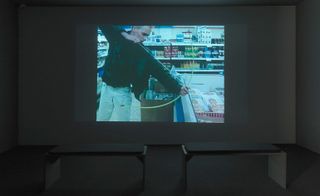
Installation view of The Hunt, Christian Jankowski's 1992 performance video piece.

Installation view of How to Appear Invisible, by Allora & Calzadilla, 2008

The result of the show's keen curation is winning mix of intensely personal performances in a web-friendly setting. Pictured: installation view of Telematch shelter, by Wael Shawky, 2008
INFORMATION
'Performer/Audience/Mirror' is on view until 27 August. For more information, visit the Lisson Gallery website
ADDRESS
Lisson Gallery
52 Bell Street
London, NW1 5DA
Wallpaper* Newsletter
Receive our daily digest of inspiration, escapism and design stories from around the world direct to your inbox
Elly Parsons is the Digital Editor of Wallpaper*, where she oversees Wallpaper.com and its social platforms. She has been with the brand since 2015 in various roles, spending time as digital writer – specialising in art, technology and contemporary culture – and as deputy digital editor. She was shortlisted for a PPA Award in 2017, has written extensively for many publications, and has contributed to three books. She is a guest lecturer in digital journalism at Goldsmiths University, London, where she also holds a masters degree in creative writing. Now, her main areas of expertise include content strategy, audience engagement, and social media.
-
 The moments fashion met art at the 60th Venice Biennale
The moments fashion met art at the 60th Venice BiennaleThe best fashion moments at the 2024 Venice Biennale, with happenings from Dior, Golden Goose, Balenciaga, Burberry and more
By Jack Moss Published
-
 Crispin at Studio Voltaire, in Clapham, is a feast for all the senses
Crispin at Studio Voltaire, in Clapham, is a feast for all the sensesNew restaurant Crispin at Studio Voltaire is the latest opening from the brains behind Bistro Freddie and Bar Crispin, with interiors by Jermaine Gallagher
By Billie Brand Published
-
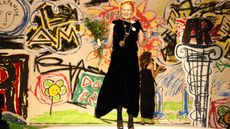 Vivienne Westwood’s personal wardrobe goes up for sale in landmark Christie’s auction
Vivienne Westwood’s personal wardrobe goes up for sale in landmark Christie’s auctionThe proceeds of ’Vivienne Westwood: The Personal Collection’, running this June, will go to the charitable causes she championed during her lifetime
By Jack Moss Published
-
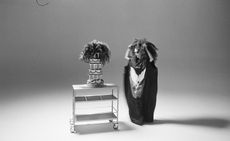 Kembra Pfahler revisits ‘The Manual of Action’ for CIRCA
Kembra Pfahler revisits ‘The Manual of Action’ for CIRCAArtist Kembra Pfahler will lead a series of classes in person and online, with a short film streamed from Piccadilly Circus in London, as well as in Berlin, Milan and Seoul, over three months until 30 June 2024
By Zoe Whitfield Published
-
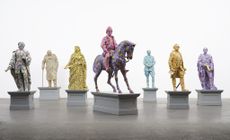 Yinka Shonibare considers the tangled relationship between Africa and Europe at Serpentine South
Yinka Shonibare considers the tangled relationship between Africa and Europe at Serpentine SouthYinka Shonibare‘s ‘Suspended States’ at Serpentine South, London, considers history, refuge and humanitarian support (until 1 September 2024)
By Tianna Williams Published
-
 Gavin Turk subverts still-life painting and says: ‘We are what we throw away’
Gavin Turk subverts still-life painting and says: ‘We are what we throw away’Gavin Turk considers wasteful consumer culture in ‘The Conspiracy of Blindness’ at Ben Brown Fine Arts, London
By Rowland Bagnall Published
-
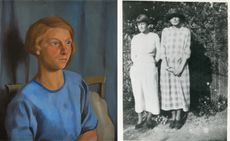 Dorothy Hepworth and Patricia Preece: Bloomsbury’s untold story
Dorothy Hepworth and Patricia Preece: Bloomsbury’s untold story‘Dorothy Hepworth and Patricia Preece: An Untold Story’ is a new exhibition at Charleston in Lewes, UK, that charts the duo's creative legacy
By Katie Tobin Published
-
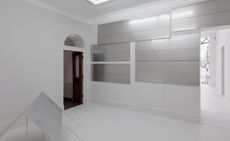 Don’t miss: Thea Djordjadze’s site-specific sculptures in London
Don’t miss: Thea Djordjadze’s site-specific sculptures in LondonThea Djordjadze’s ‘framing yours making mine’ at Sprüth Magers, London, is an exercise in restraint
By Hannah Silver Published
-
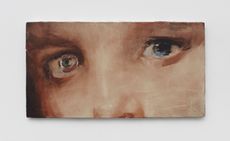 ‘Accordion Fields’ at Lisson Gallery unites painters inspired by London
‘Accordion Fields’ at Lisson Gallery unites painters inspired by London‘Accordian Fields’ at Lisson Gallery is a group show looking at painting linked to London
By Amah-Rose Abrams Published
-
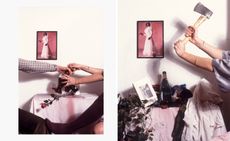 Fetishism, violence and desire: Alexis Hunter in London
Fetishism, violence and desire: Alexis Hunter in London‘Alexis Hunter: 10 Seconds’ at London's Richard Saltoun Gallery focuses on the artist’s work from the 1970s, disrupting sexual stereotypes
By Hannah Silver Published
-
 Wayne McGregor’s new work merges genetic code, AI and choreography
Wayne McGregor’s new work merges genetic code, AI and choreographyCompany Wayne McGregor has collaborated with Google Arts & Culture Lab on a series of works, ‘Autobiography (v95 and v96)’, at Sadler’s Wells (12 – 13 March 2024)
By Rachael Moloney Published